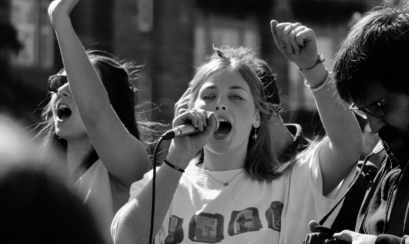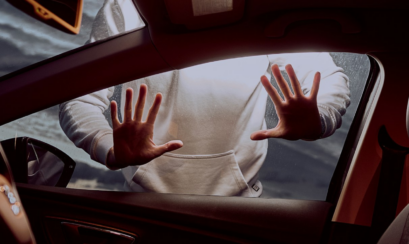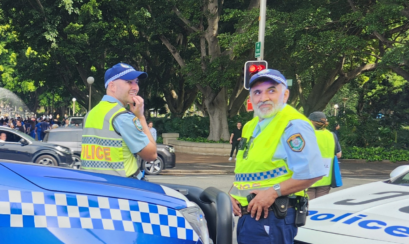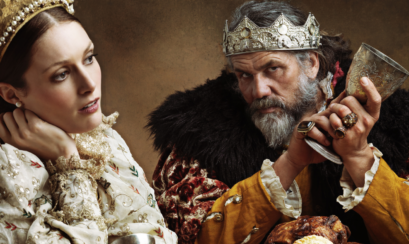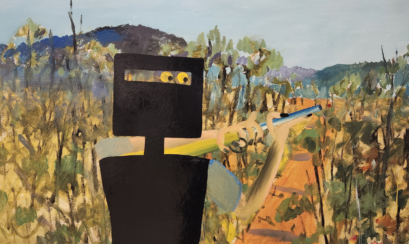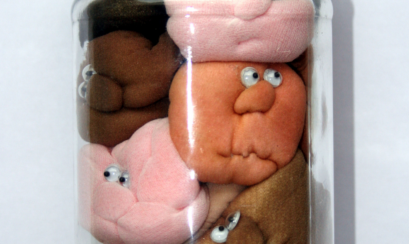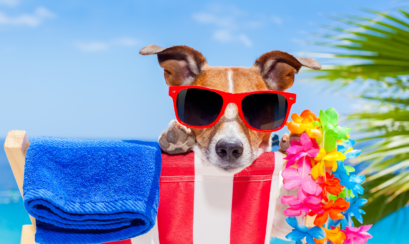Non-Indigenous control of Aboriginal flag a surprise to many
The furore over the Aboriginal flag not being able to be used at sporting events unless a big fee is paid to the copyright holder highlights the question of what public objects can be owned.
Many people were surprised and outraged to learn that the black, red and yellow Aboriginal flag, which has become such a proud cultural icon for Indigenous people, is under the control of a non-Indigenous company.
Aboriginal flag grows in popularity and significance over fifty years
The flag was designed in 1971 by Luritja man Harold Thomas for the National Aboriginal Day march.
By the 1988 Australian Bicentenary the flag had become very popular and a symbol of Aboriginal pride.
In 1995 the government recognised it as an official flag of Australia under the Flags Act 1953.
At the 2000 Sydney Olympics Cathy Freeman carried the Aboriginal flag, as well as the Australian flag, after her victory on the track.
Federal Court confirms ownership of copyright
As the flag’s creator, Mr Thomas owned the copyright. That was confirmed by the Federal Court in 1997. (Please see Harold Joseph Thomas v David George Brown & James Morrison Vallely Tennant [1997] FCA 215.)
The Federal Court decision confirmed that Mr Thomas was the copyright holder. The flag was protected under the Copyright Act 1968 and it could only be reproduced with the permission of the copyright holder.
Copyright holder sells commercial licensing rights to Aboriginal flag
Mr Thomas sold worldwide commercial licensing rights to the flag to WAM Clothing, which pays him royalties from sales of the flag image on clothing and in commercial use.
A company called Gifts Mate has the licence to reproduce the flag on merchandise, and Flagworld makes the flag under licence. The company owners are not Aboriginal.
Under copyright laws, anyone wanting to reproduce the flag must get permission from the copyright holder.
The Sydney Olympic Committee had to pay $13 million to the copyright holder for the boxing kangaroo flag. Estimates for the value of the Aboriginal flag copyright are around $25 million.
Mr Thomas still holds the copyright, and WAM has the licence and the right to demand that people get the company’s permission if they want to put the flag on clothing, paint it on the grass of a football field, even get a tattoo of the flag.
“Free the flag” campaign
A national “Free the Flag” campaign to allow free use of the Aboriginal flag has gathered almost 150,000 signatures in a petition to the government.
The government is considering buying the copyright from Mr Thomas, but it could legislate to allow for “fair use” of the flag.
This would mean that there would be no breach of copyright if the flag is used for charitable, social or cultural events, or private use such as tattoos.
Mr Thomas could still license the flag for commercial use.




